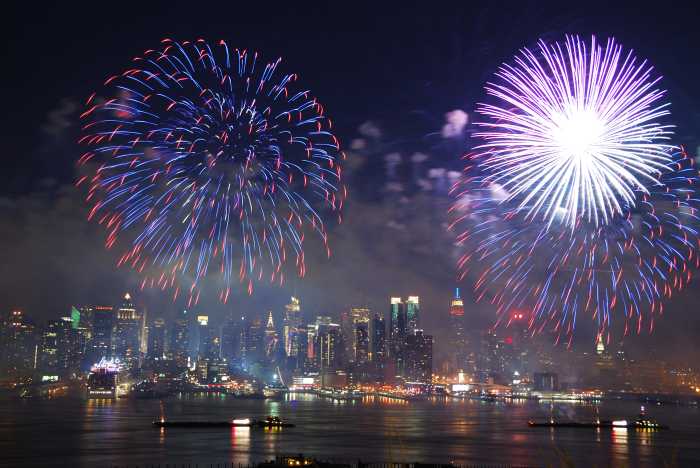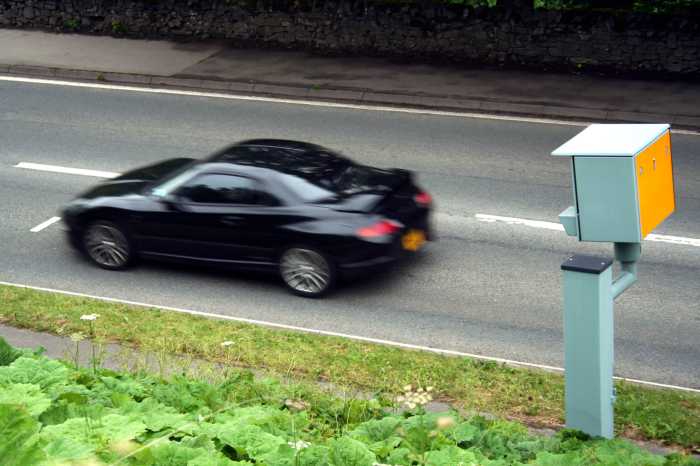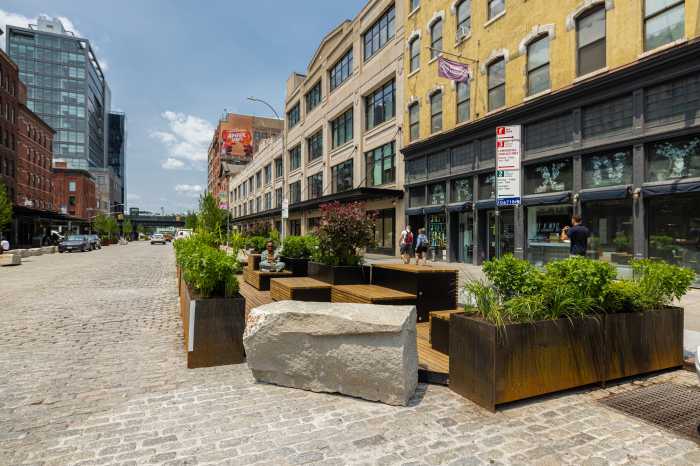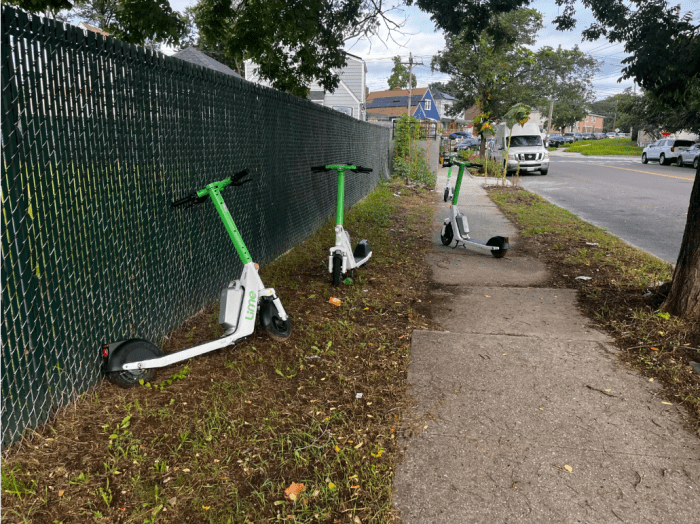A neighborhood group is pushing the city to give pedestrians rule over a patch of lower Manhattan.
The Financial District Neighborhood Association issued a report Tuesday calling for a “slow street” district where pedestrians have the right of way above cars stretching from City Hall to Battery Park, within Broadway and Water Street.
“It’s a unique place. It’s New York City’s oldest and now fastest-growing residential neighborhood and we think it deserves some special look from the city agencies and from the mayor’s office, top down, to really come up with some list of solutions that we can all talk about,” said Patrick Kennell, the founder and president of the neighborhood association.
The report, titled "Make Way for Lower Manhattan,” offers mostly broad concepts but calls for the city to address issues that hamper the pedestrian-packed space, like trash pileups on sidewalks, parking placard abuse among the area’s large municipal workforce and the omnipresent scaffolding.
The group’s plan would reduce vehicles’ footprint on the district by stripping parking from most streets, but still allowing vehicle access. The area would be anchored by three expanded pedestrian spaces at Bowling Green, the Brooklyn Bridge and the Stock Exchange.
The “slow street” concept has not been tried in New York, but Kennell said the association drew inspiration from around the world, including La Rambla in Barcelona, the laneways of Melbourne and Boston’s Freedom Trail.
Like the Freedom Trail, the association is pitching a historic walking trail on Broad Street that continues up Nassau Street to City Hall to cater to tourists.
The Financial District, with its web of narrow roads, high foot traffic and comparatively low vehicular volumes, has long been viewed as a natural space for the city to experiment with a car ban — though Kennell is quick to note that the group doesn’t support a full car-free space and is not proposing that for the district.
He believes a "slow street" is a natural improvement to what’s currently going on in the area.
“I’m sure the average speed of a car isn’t any more than 5 or 7 miles per hour,” Kennell said, “and given all the pedestrian obstacles, it’s not unusual now to see people meandering out onto the street because they’ve got no place else to go.”
Scott Gastel, a spokesman at the city’s Department of Transportation, said in an email that "we welcome input such as this, which we will review." The city first tested out limited car traffic in the area during a "shared streets" event in 2016.
Advocates at Transportation Alternatives also supported the concept.
“We need to put people first in the Financial District, an incredibly pedestrian-dense part of the city — and it’s not just office workers anymore,” said Transportation Alternatives spokesman Joe Cutrufo.
“The Financial District wasn’t designed to move cars in the first place,” he added. “Cars didn’t exist when these streets were laid out.”






























